How We Reduced Cycle Time from 164 Days to 8 Days in 6 Months
Scrum.org
JANUARY 5, 2021
In December 2020, my friend Adrian Galarza and I delivered a Scrum.org Scrum Pulse Webinar - A Cycle Time Journey: 164 to 8 Days in 6 Months that summarized the journey of Adrian’s Scrum Team. Due to horrible time-management on my part, we could not answer all the questions in the webinar, so we are answering them in this blog instead.


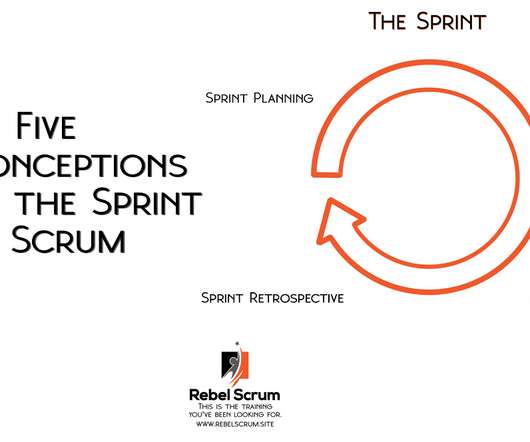
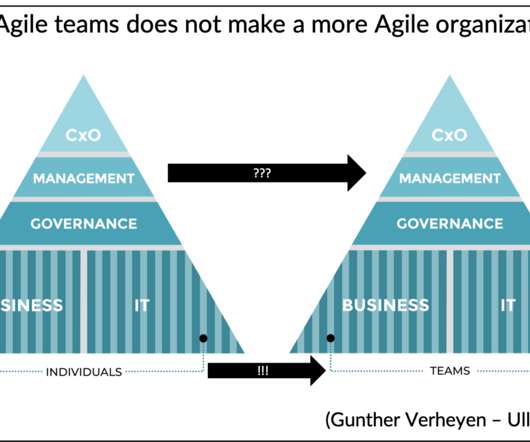

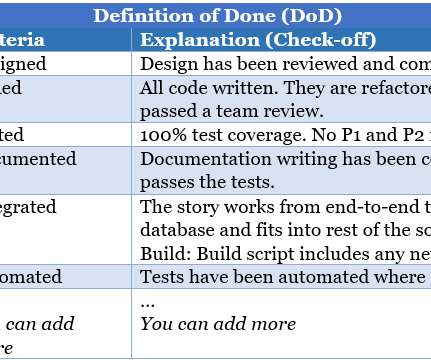


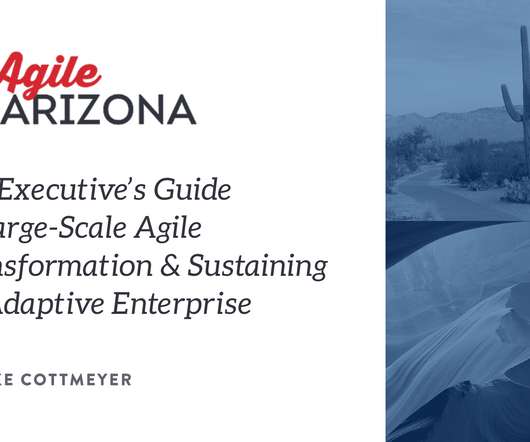
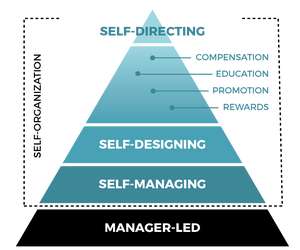
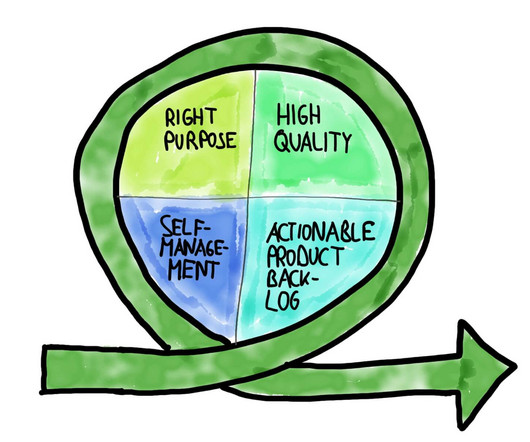
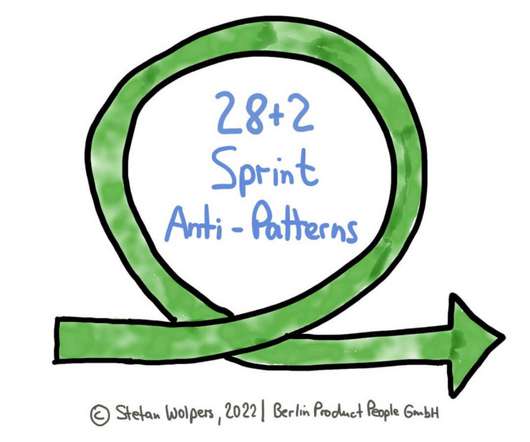
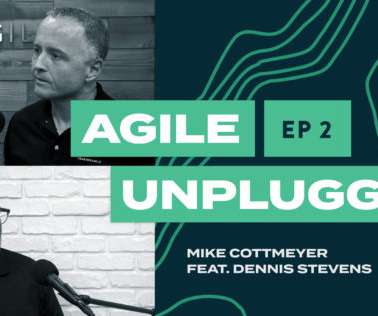
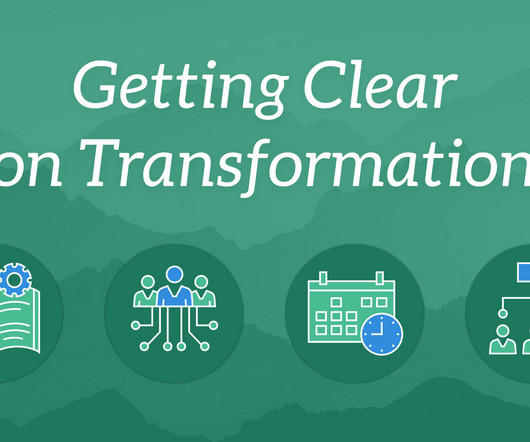
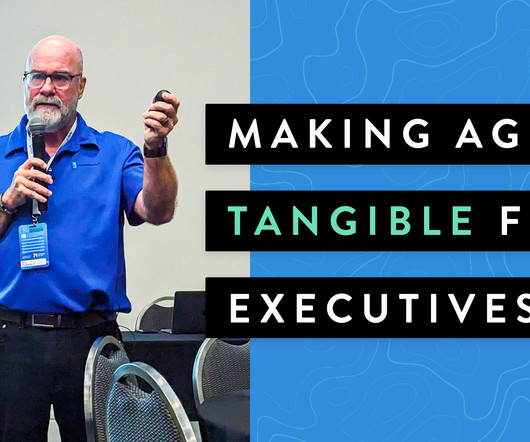


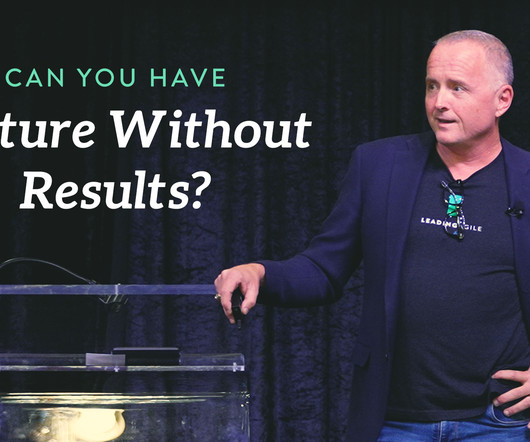
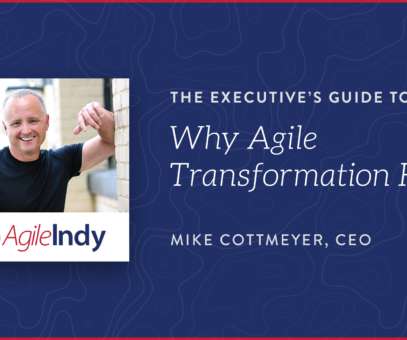










Let's personalize your content